You’re committed to your vegan lifestyle and dedicated in the gym, but the results you’re working for just aren’t showing up. That feeling of hitting a plateau, where your performance stalls and muscle definition seems just out of reach, is a common frustration. It often leads people to question if their diet is the problem. The good news is, it’s not about restriction or giving up your principles. It’s about strategy.
Think of your nutrition as the architectural blueprint for your body. The three core components of this blueprint are your macronutrients: protein, carbohydrates, and fats. Understanding how to balance them is the key to building a stronger, more resilient physique. This vegan fitness nutrition guide is here to demystify the process, providing a clear, no-nonsense plan. Your fitness goals are absolutely achievable with a smart approach to your vegan macronutrient balance.
The Three Pillars of Vegan Fitness Nutrition
Before we get into ratios and meal plans, it’s important to understand what each macronutrient does for your body. Getting this foundation right is the first step toward seeing real progress from your hard work in the gym. Each one plays a distinct and vital role in your fitness journey.
Protein for Power and Repair
Protein is the essential building material for your body. When you exercise, you create tiny micro-tears in your muscle fibers. Protein provides the amino acids needed to repair this damage, which is how your muscles grow back stronger. For active individuals, this repair process requires a significant amount of protein. In fact, research highlighted by sources like Coach My Macros suggests that active people often need between 1.4 to 2.0 grams of protein per kilogram of body weight. This is why the question of how to get enough protein vegan is so critical. The best vegan protein sources include lentils, chickpeas, tofu, tempeh, and seitan. Intentionally including these foods is non-negotiable for muscle development. While protein is fundamental, other compounds can also support performance, as we've explored in our guide on creatine benefits.
Carbohydrates for Pure Energy
Carbohydrates are your body’s primary and most efficient fuel source. They are broken down into glucose, which powers everything from a heavy lift to a long run. It’s helpful to think of them in two categories. Complex carbohydrates, like oats, quinoa, and sweet potatoes, release energy slowly, providing sustained fuel for your workouts and keeping you full. Simple carbohydrates, found in fruits, offer a quicker energy boost. While both have their place, your meals should primarily feature complex carbs to maintain stable energy levels throughout the day.
Fats for Hormones and Health
Fats are often misunderstood, but they are absolutely essential for optimal health. Healthy fats play a crucial role in producing hormones, including those that regulate metabolism and muscle growth. They also help your body absorb fat-soluble vitamins like A, D, E, and K. For vegans, focusing on high-quality sources is key. Think avocados, nuts, seeds like chia and flax, and olive oil. Including these in your diet supports your overall wellness, which is the foundation of any successful fitness plan.
Finding Your Personal Macro Blueprint

Now that you understand the roles of protein, carbs, and fats, it’s time to figure out how much of each you need. There is no single perfect macro ratio that works for everyone. Your ideal vegan macronutrient balance depends on your specific goals, your activity level, and even your unique metabolism. The key is to find a starting point and adjust based on how your body responds.
A great first step is to estimate your Total Daily Energy Expenditure (TDEE) using a reputable online calculator. This will give you a baseline for your daily calorie needs. From there, you can apply a macronutrient split based on your primary fitness goal. Are you looking to build muscle, lose fat, or maintain your current physique? Each goal benefits from a slightly different approach. For example, a plant based meal plan for muscle gain will look different from one designed for fat loss.
Here are some common starting points:
| Fitness Goal | Carbohydrate % | Protein % | Fat % |
|---|---|---|---|
| Muscle Gain | 40-50% | 25-35% | 20-30% |
| Fat Loss | 30-40% | 30-40% | 25-35% |
| Maintenance | 45-55% | 20-30% | 25-35% |
Note: These percentages are common starting points. It's important to listen to your body and adjust based on your energy levels, performance, and results over time.
To make this practical, convert these percentages into grams. A simple way to start is by calculating your protein goal first (1 gram of protein = 4 calories), then allocating your remaining calories to carbohydrates (1 gram = 4 calories) and fats (1 gram = 9 calories). Remember, this is your starting blueprint, not a rigid rule. Feel free to explore more nutrition strategies in our other blog articles as you refine your plan.
Assembling High-Impact Vegan Meals
Knowing your numbers is one thing; turning them into delicious, satisfying meals is another. The easiest way to build a balanced plate without obsessively weighing every ingredient is to use the "Protein-First" approach. This simple framework ensures every meal supports your fitness goals.
Here’s how it works:
- Start with your protein. Make a quality protein source the star of your plate. This could be a block of tofu, a cup of lentils, or a serving of seitan. This ensures you’re meeting your muscle-repair needs.
- Add a complex carbohydrate. Next, add a serving of slow-releasing carbs for sustained energy. Think quinoa, brown rice, roasted sweet potatoes, or whole-wheat pasta.
- Incorporate a healthy fat. Drizzle with olive oil, top with sliced avocado, or sprinkle on some nuts or seeds. This helps with hormone function and keeps you feeling full.
- Fill the rest with vegetables. Load up the remainder of your plate with leafy greens, broccoli, bell peppers, or any other vegetables you enjoy for their micronutrient and fiber content.
This method works for any meal. For breakfast, it could be a tofu scramble (protein) with a side of whole-grain toast (carb) and avocado (fat). For lunch, a big quinoa bowl (carb) with chickpeas (protein), mixed greens (veggies), and a tahini dressing (fat). For dinner, a lentil curry (protein) with brown rice (carb) and a side of steamed broccoli. For more inspiration, check out these easy vegan protein recipes you’ll actually crave.
And don't worry about the old myth of "protein combining" at every meal. As long as you eat a variety of plant-based protein sources throughout the day, your body will get all the essential amino acids it needs. What are your favorite balanced vegan meals? Share them in the comments below!
Strategic Snacking for Better Workouts

Snacks aren't just for curbing hunger; they are strategic tools in your fitness arsenal. Timed correctly, they can fuel your performance, accelerate recovery, and keep your energy levels stable throughout the day. Here’s a quick guide to smart vegan snacking.
- Pre-Workout Fuel: About 30-60 minutes before you exercise, you want quick, easily digestible energy. The goal is to top off your glycogen stores without feeling heavy or bloated. A banana with a tablespoon of almond butter, a few dates, or a small bowl of oatmeal are all excellent choices.
- Post-Workout Recovery: After a workout, your muscles are primed to absorb nutrients for repair. This is the ideal time for a snack rich in both protein and carbohydrates. Protein helps repair muscle tissue, while carbs replenish the energy you just burned. A recovery shake is one of the most efficient options. A scoop of our Chocolate Vegan Protein blended with a banana and plant milk delivers exactly what your body needs. If you're curious about different options, you can learn more in our guide to the best protein powders.
- Smart Everyday Snacks: For those moments between meals, choose snacks that provide steady energy. Roasted chickpeas, an apple with a handful of walnuts, or a small container of dairy-free yogurt with berries can prevent energy crashes and keep you from overeating at your next meal.
Beyond Macros: Essential Nutrients and Supplements
While a solid vegan macronutrient balance fuels your performance, certain micronutrients are crucial for the underlying systems that support your health. On a vegan diet, a few nutrients require special attention to ensure you’re not just surviving, but thriving.
Vitamin B12 is essential for energy production and nerve function and is not naturally found in plant foods. Look for fortified foods like plant milks and nutritional yeast, but a reliable supplement is strongly recommended. Vitamin D, crucial for bone health and immune function, is another nutrient many people are deficient in, regardless of diet. Unless you get consistent sun exposure, a supplement is a wise choice. Iron is vital for transporting oxygen to your muscles. Plant-based sources (like lentils and spinach) are abundant, but be sure to pair them with a source of Vitamin C (like bell peppers or citrus) to enhance absorption. Finally, Omega-3 fatty acids help manage inflammation. Algae oil is an excellent plant-based source of the essential fatty acids EPA and DHA.
As publications like Healthline often emphasize, a well-planned vegan diet can meet most of your nutritional needs. However, strategic supplementation can fill any gaps. This information is for educational purposes. Always chat with your doctor or a registered dietitian before adding new supplements to your routine.



